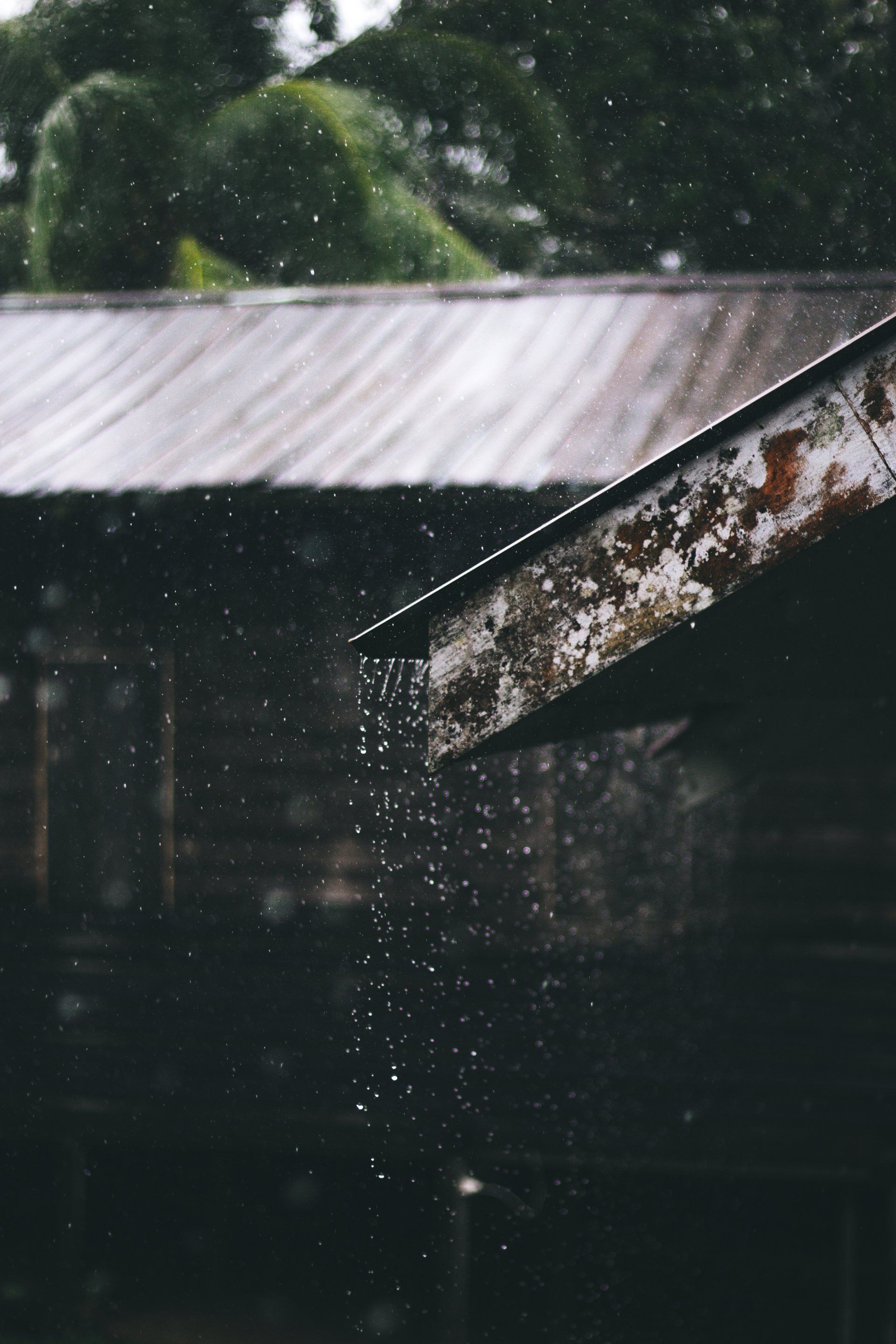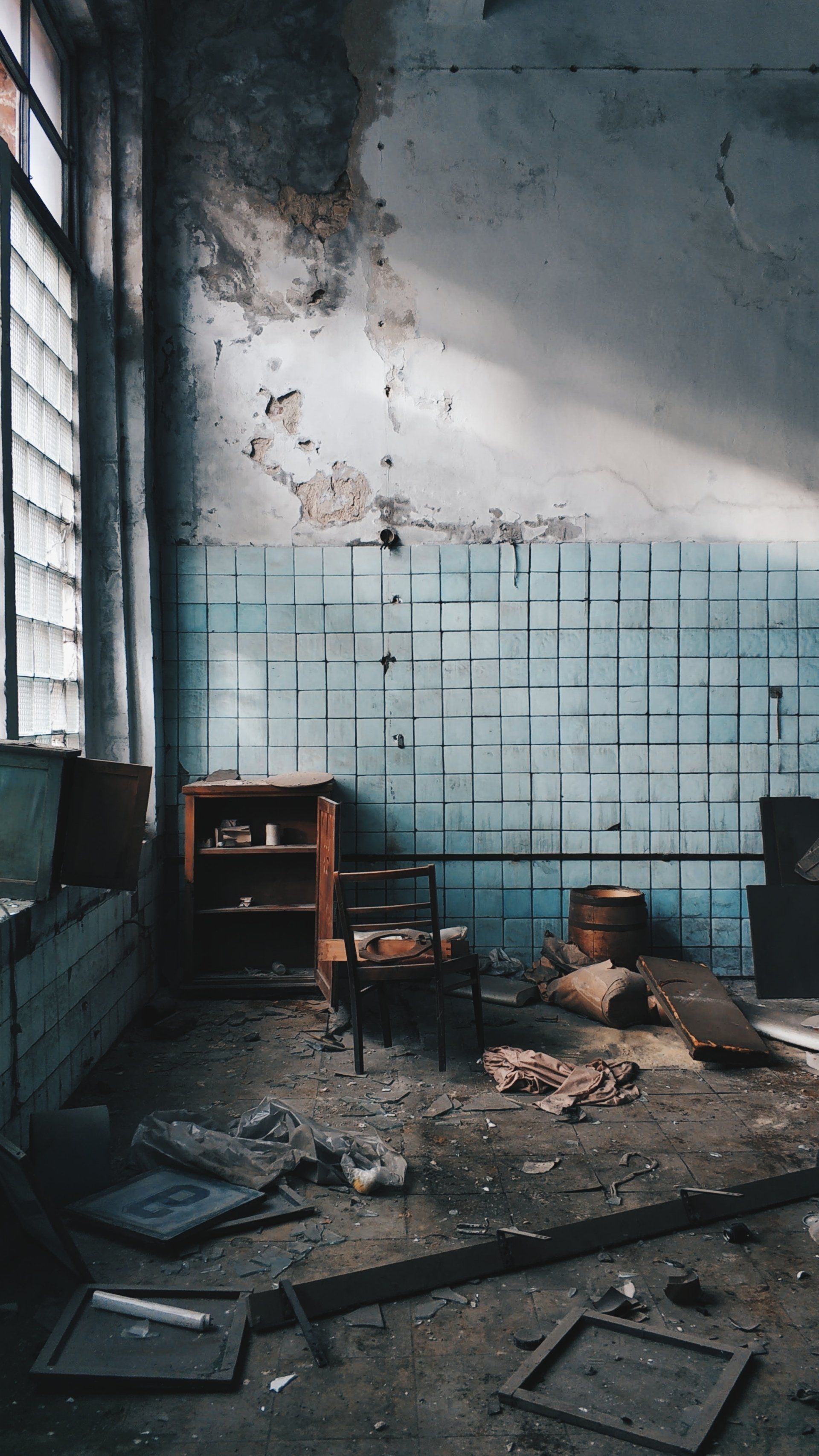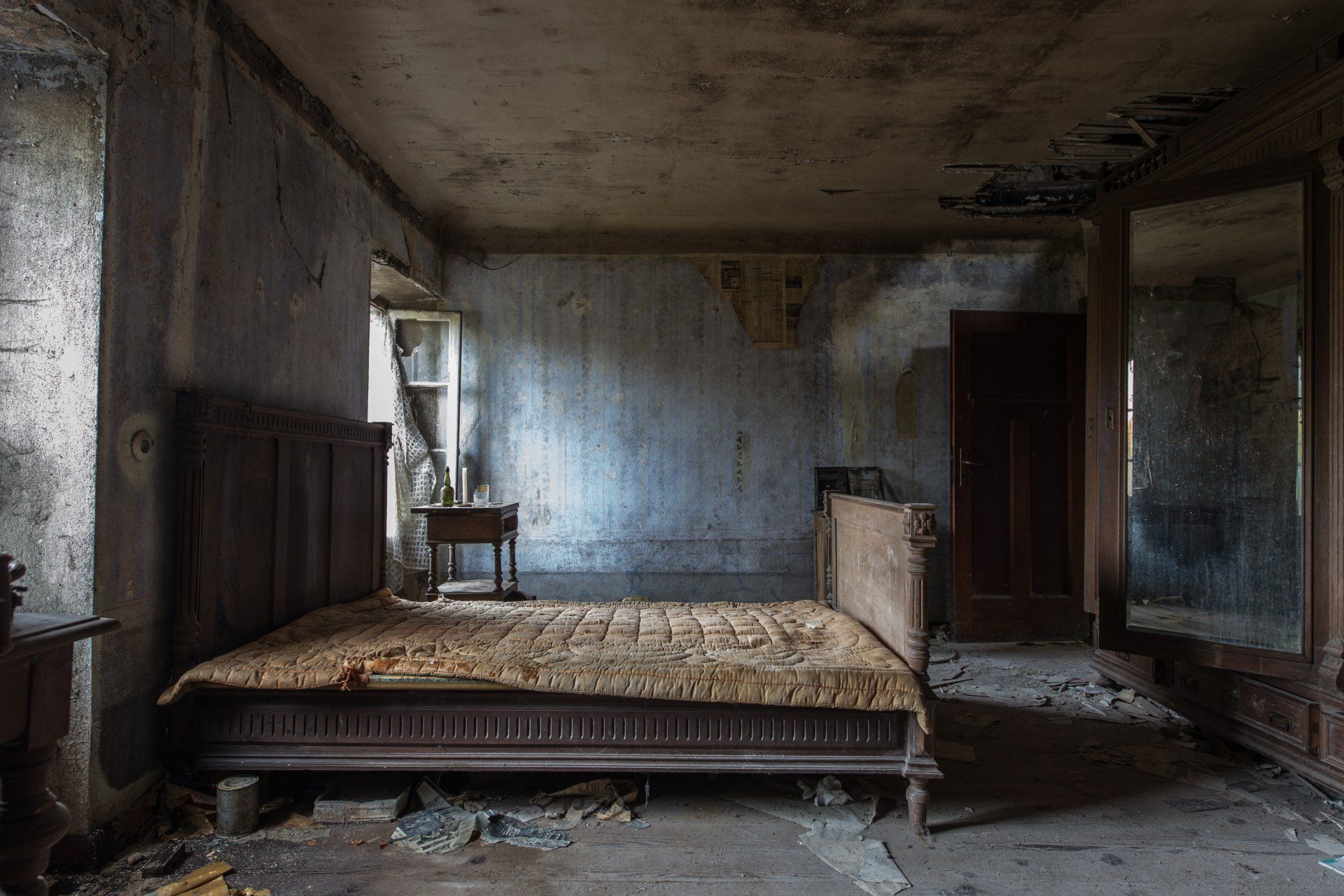What To Do If Your House Floods
Experiencing a flood in your home can be a terrifying and overwhelming ordeal. Whether it's caused by heavy rainfall, a burst pipe, or a malfunctioning appliance, a flood can lead to extensive damage and disruption to your life. In such a situation, it's essential to stay calm and take immediate action to minimize further damage and ensure the safety of yourself and your family. In this comprehensive guide, we'll walk you through the steps to take if your house floods.
1. Ensure Safety First
The safety of yourself and your family should be your top priority in the event of a flood. If the floodwater poses a risk of electrical shock, evacuate the premises immediately and contact emergency services. Avoid wading through floodwater if possible, as it may contain contaminants and hidden hazards. If you must enter flooded areas, wear protective gear such as rubber boots and gloves.
2. Turn Off Utilities
As soon as it is safe to do so, turn off the electricity, gas, and water supply to your home to prevent further damage and reduce the risk of accidents. If you are unsure how to do this safely, contact your utility provider for assistance. Do not attempt to use electrical appliances or outlets until they have been inspected by a qualified professional.
3. Document the Damage
Once the immediate safety concerns have been addressed, document the damage to your property by taking photographs or videos of the flooded areas. This documentation will be important for filing insurance claims and assessing the extent of the damage. Make a detailed inventory of any belongings that have been damaged or destroyed by the flood.
4. Remove Water and Dry Out the Area
Begin the process of removing water from your home as soon as possible to prevent further damage and mold growth. Use pumps, wet/dry vacuums, or towels to remove standing water from floors and surfaces. Open windows and doors to allow air circulation and use fans and dehumidifiers to speed up the drying process. A water mitigation company can help with the flood damage process.
5. Contact Your Insurance Provider
Contact your insurance provider as soon as possible to report the flood and initiate the claims process. Be prepared to provide detailed information about the cause of the flood, the extent of the damage, and any steps you have taken to mitigate further damage. Follow your insurer's instructions for documenting the damage and filing a claim.
6. Assess and Repair Damage
Once the floodwaters have receded and your home has been thoroughly dried out, assess the damage to your property and prioritize repairs. Depending on the extent of the damage, you may need to hire professionals to repair structural damage, replace flooring, and restore damaged belongings. Keep records of all repair expenses and communications with contractors for insurance purposes.
Experiencing a flood in your home can be a traumatic experience, but by taking prompt and decisive action, you can minimize the damage and begin the process of recovery. Remember to prioritize safety, document the damage, contact a water mitigation service and your insurance provider and take steps to remove water and dry out your home. With patience, perseverance, and the support of professionals, you can restore your home to its former state and move forward from the flood.


©2025 All Rights Reserved|Covington Water Mitigation
Website by Digi-All






